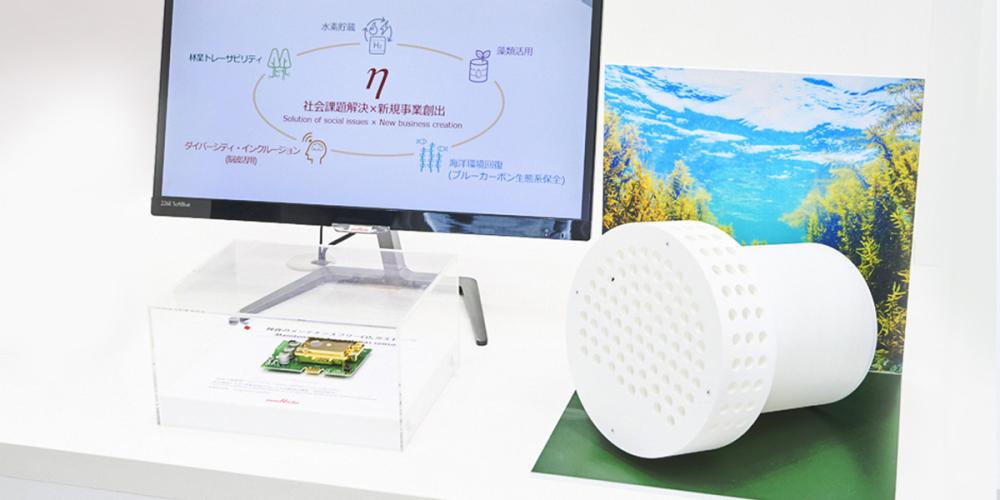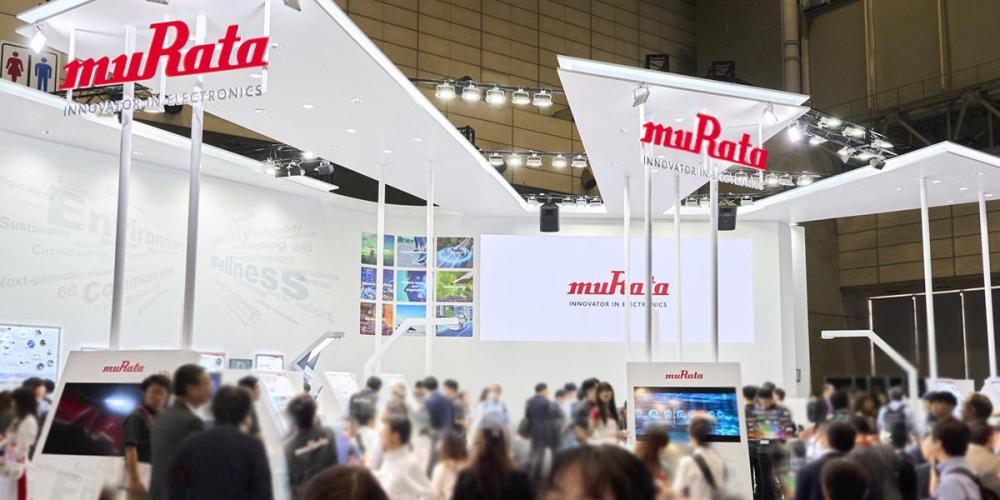CEATEC 2023
Supporting Decarbonization with “Underwater CO2 Sensor” and “Lightweight Heat Transfer Material Employing Biomass Materials”
In recent years, environmental performance supporting decarbonization or recycling has become an important consideration for consumers when choosing to purchase products or services. Murata Manufacturing has developed an “underwater CO2 sensor” that will help promote blue carbon transactions and a “lightweight heat transfer material employing biomass materials” for heat dissipation in automobiles, which are becoming “smarter.” Murata continues to press forward with efforts to boost the added value of products and businesses through technological innovation at the level of components and materials.


